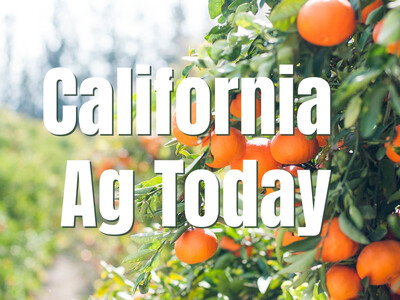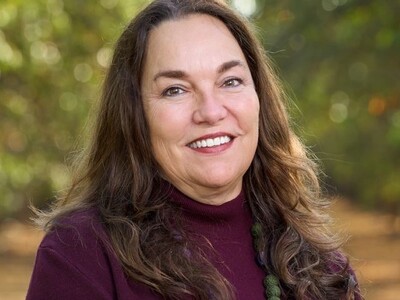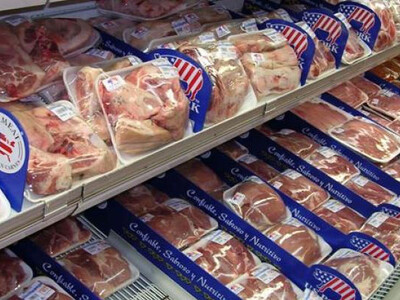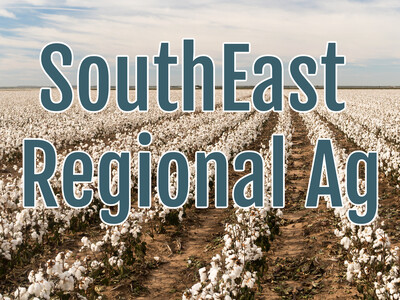Cheatgrass, BLM and grazing
According to KIVITV.com the Bureau of Land Management has begun an experimental targeted grazing project aimed at reducing the risk of fires -- while still maintaining rehab efforts -- within the Soda Fire zone, roughly from the towns of Marsing to Murphy. Participating local ranchers will be grazing livestock along 36 miles of Owyhee Front roadways from now through June. This effort is part of the larger Soda Fuel Breaks project designed to reduce fuels, specifically annual grasses such as cheatgrass, according to a BLM news release.But there may be trouble in their thought process. Michael Reisner, a researcher from Augustana College in Oregon. "That is definitely what we found. What we look at was cheat grass dominance in terms of percent cover at a site and we found, contrary to the hypothesis that it would reduce cheat grass when you had heavy levels of cattle grazing, we found no evidence to support that. To the contrary we found that it actually increased the dominance of cheat grass. Cheat grass has a lot of adaptations to grazing. It is relatively fast-growing. When it is defoliated it will rapidly respond to that by sending up another tiller and producing a seed so it is very difficult to really knock it back because of that."
BLM has posted road signs in the project area to inform recreation users and the public about the project.














